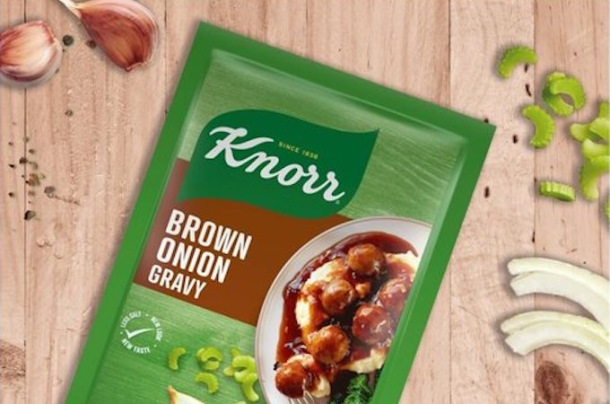For struggling SA chicken producers, post-Covid-19 world promises a flood of imports
South Africa’s poultry sector is bracing itself for a tough time ahead, as producers warn that an avalanche of chicken will hit the country after the Covid-19 pandemic, exacerbating chicken dumping issues that have plagued producers for more than a decade.
With the country under lockdown for almost four months, many businesses have not been able to trade and the chicken sector is no exception.
Francois Baird, founder of the FairPlay Movement, an anti-predatory trade organisation, said once supply chains that were disrupted by Covid-19 start moving, then all the chicken that is waiting in cold storage will be dumped in South Africa.
"In the past, excess chicken has been dumped in South Africa. How do we know that? Because countries and producers have been found guilty of dumping, that’s why we have some anti-dumping tariffs put in place against some of them,” Baird said in a webinar late last week.
South Africa's chicken producers have been vocal about the impact of dumping on the domestic market, particularly by the US and Europe, which they argue is killing the sector and destroying jobs. The dumping of chickens in South Africa results in domestic producers, particularly those of a smaller scale, being pushed out of the market.
The threat of dumping is very real and one of the most prominent examples is Ghana, which saw its industry destroyed and is attempting to recover. The SA industry employs about 110 000 directly and indirectly.
Between 2000 and 2010, South Africa's chicken products consumption increased by about 680 000 tonnes, 86% of which was supplied by local producers and 14% was imported, according to a 2019 report by the Bureau for Food and Agricultural Policy. However, the trend changed from 2008 to 2017, local chicken consumption grew by 380 000 tonnes but only 27% came from domestic producers and 73% was imported.
Sifiso Ntombela, chief economist at the National Agriculture Marketing Council, placed local consumption at two million tons and local production at 1.6 million tons imports between 2010 and 2018.
Ntombela, who was also at the webinar, said local consumption grew by just over 2% annually during that time and local production grew by about 3%, while imports increased by more than 8%.
He said the pandemic had exposed structural weaknesses that existed in the sector before it hit, such as the lack of transformation.
Since joining the World Trade Organisation, he said South Africa has, to a large extent, reduced tariffs that provided protection to its domestic market and instead opened it up more to international competition, while reducing support to domestic producers.
"It is a sector that not only creates commercial jobs, it's also important for small and household farmers or individuals who keep chickens for security purposes in their backyards. And what remains a key challenge is making sure how you integrate even the smaller ones into the formal chain of the poultry industry," he said.
He added that growth solutions need to not only focus on imports but also on exports, because the current price structure makes it difficult for the sector to compete with prices from places like Brazil and Europe due to the high cost of feed.
The expected dumping is just one issue the industry has to contend with. Producers are also grappling with reduced demand for chicken products as South Africans eat less during the lockdown.
Izaak Breitenbach, GM of the South African Poultry Association, said local chicken consumption dropped by 18% during Level 5 and 13% at Level 4.
He explained that consumers have been favouring frozen chicken products that they can eat at home and that caterers who use fresh chicken products have not been buying as much due to the lockdown.
The drop has improved to 7% under Level three, as restaurants that make up 20% of total consumption, slowly open up.
The industry, however, was expecting an even bigger impact as South Africa’s Covid-19 infection rate continues to escalate with infections approaching the 250 000 mark.
"We employ between 500 and 1 000 people in a slaughterhouse. That is really being very pedantically managed but we must expect that a vast amount of people will become positive over time but we don't want people to become positive at the same time," he said.
News Category
- International retailers
- On the move
- Awards and achievements
- Legislation
- Wine and liquor
- Africa
- Going green
- Supplier news
- Research tools
- Retailer trading results
- Supply chain
- Innovation and technology
- Economic factors
- Crime and security
- Store Openings
- Marketing and Promotions
- Social Responsibility
- Brand Press Office
Related Articles

Warning of Eskom collapse

Knorr recalls brown onion gravy sachets

Eskom CEO shares good news about load-shedding

Tax warning for South African businesses


